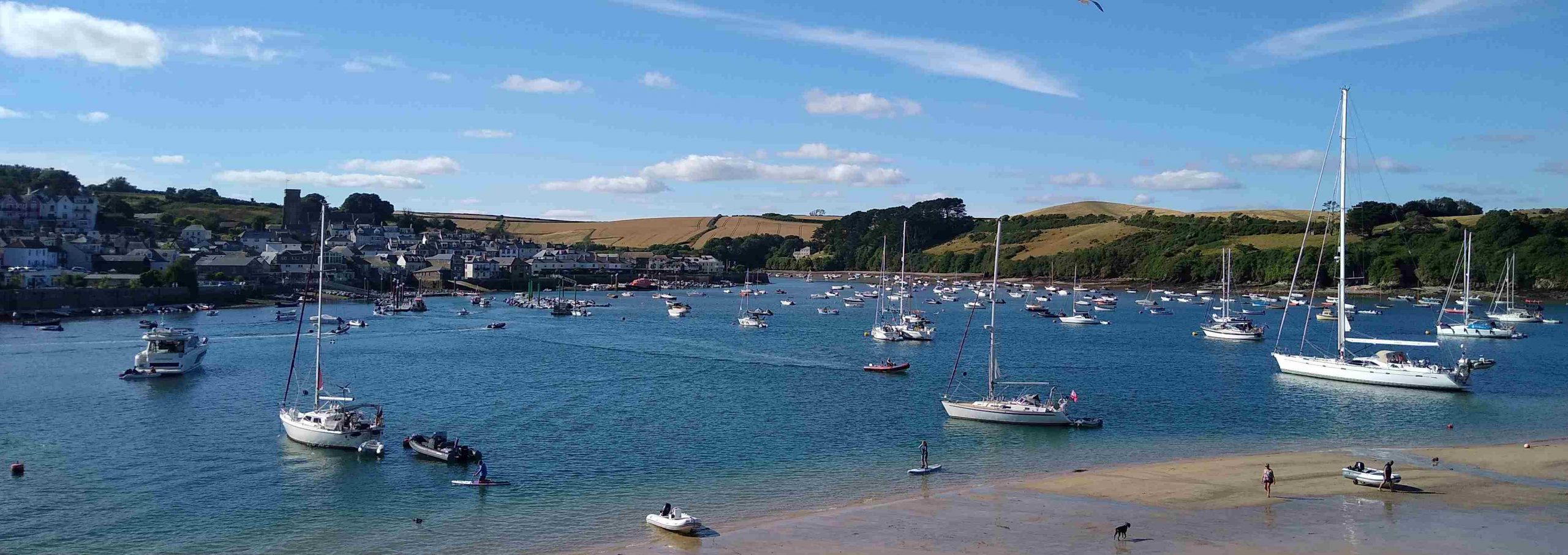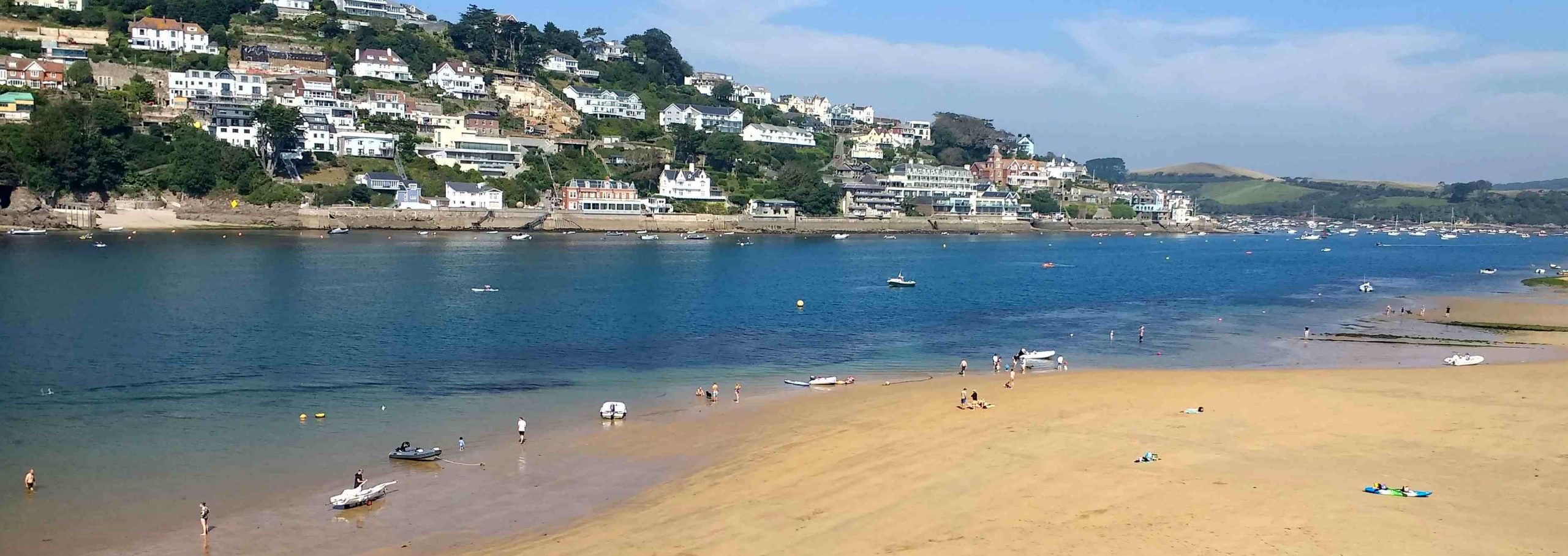
Salcombe Harbour’s golden beaches, with gin-clear water lapping on them, are famous and rightly so. But it has never been easy to find out just how clean the water is. When the bathing water is being tested (which generally didn’t happen in the UK during Covid) we know that North and South Sands and Mill Bay are rated “Excellent” – in other words, up to Blue Flag standard. But what about elsewhere in the Harbour? And is the water quality improving or going down?
June’s Harbour Board considered a paper on water quality which, for the first time, provided an answer. It was an analysis of a large Environment Agency database with readings from 2016 to the summer of 2021. We should perhaps start with a bit of background: first, without a significant river continuously flushing out the Harbour, Salcombe’s tides have a huge impact on water quality: when the tide is rising the water quality is fine and at its best at high tide. Second, the streams into the Harbour obviously carry run-off from farms – like cattle faeces and fertiliser – which degrade water quality especially after heavy or persistent rain. Third, there are several water treatment plants (as they are euphemistically called) which discharge into the Harbour. The largest is Kingsbridge/Gerston and there are smaller plants at Charleton and South Pool; Malborough sometimes discharges raw sewage into South Sands stream after a storm.
However, overall the picture looks not bad. South and North Sands are keeping up to standard and possibly slightly improving. North Sands looks to be slightly more affected by heavy rain. South Sands seems slightly less impacted by Malborough, perhaps as the result of the £1.5m drainage work in Salcombe in 2016. Gerston seems to have slightly improved over the six-year period, which is more than can be said for West Charleton, although that will have a much smaller impact. Nevertheless, the water quality near the Saltstone (where Frogmore Creek joins the main harbour) looks as good as the southern bathing beaches, at least on a rising or high tide.
The Harbour now has a baseline against which to assess any changes in water quality. The position for those engaging in what is technically known as “immersive water sports” is that a falling tide tends to flush out the rubbish, so more care might be needed, particularly after heavy rain. And that, as always, fresh water streams running across beaches are never as clean as the truly gin-clear salt water flowing past.

Comments are closed, but trackbacks and pingbacks are open.